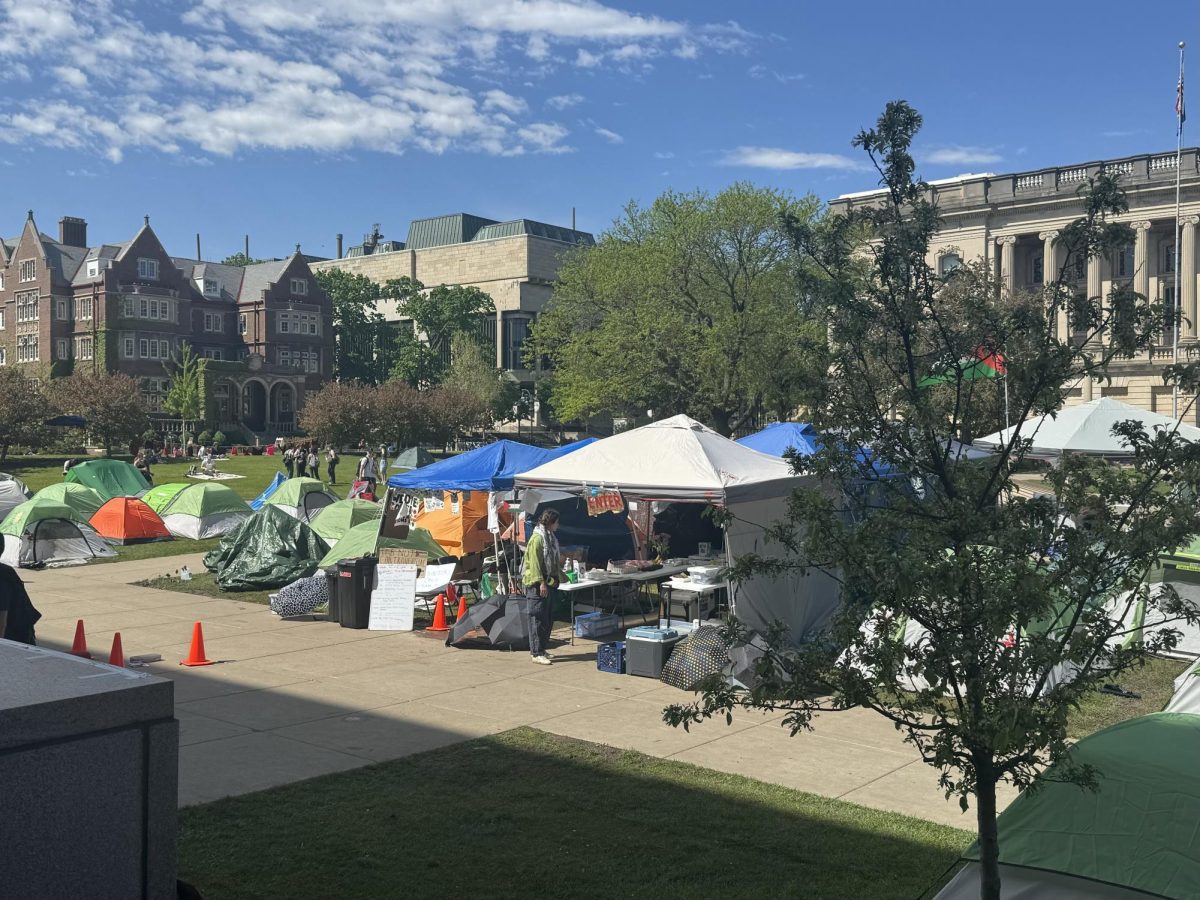Lately, the weather has been so odd that it is difficult to tell whether we should be warming up inside with a cup of hot chocolate or cooling down in the shade with a cone of chocolate ice cream. Fortunately, chocolate is a pretty good way to cope no matter how high the mercury is.
Indeed, it's hard to imagine life without chocolate, but chocolate as we know it has existed for just a couple of centuries. That may seem like a long time, but considering that, according to the Chicago Field Museum, chocolate has been around since the Mayas discovered it between 250 and 900 — modern chocolate is a very young product.
The Mayas' discovery spread to the Aztec empire by the 1400s, but neither empire made chocolate bars. Before Hernán Cortés and the Spanish Empire came to Mexico in 1521, chocolate was an unsweetened, spicy drink. It is lucky that the Spaniards saw the seeds of deliciousness in this bitter brew, since it tasted nothing like the chocolate we know and love today.
Trust me. A sense of adventure and journalistic duty led me to attempt to recreate the Aztec hot chocolate using crushed red pepper, chili powder, cocoa powder and water. The steaming, sludgy beverage that came out of my microwave was nothing like the countless cups of Swiss Miss I drank in my youth. This attempted imitation of ancient chocolate was horrid enough to make me sympathize with the colonizers who dumped sugar into the beverage as soon as they brought it home.
Not long after the Europeans brought back the cacao beans, the raw material for making chocolate, their sweetened spiced hot chocolate became a delicacy. In fact, the drink became so popular among London's upper classes that "chocolate houses," not unlike the coffee houses of the 21st century, began to flourish in the city. Yes, Europeans had become quite fond of the sweet drink, but it would be centuries before they discovered what modern society considers the most basic form of chocolate: the solid chocolate bar.
While there are references to chocolate "lozenges" as far back as 1662, the chocolate bar as we know it did not come onto the scene until 1847. Before then, solid chocolates were generally tablets of crushed cacao beans mixed in with sugar and some spices. One such tablet, which I read about in Harold McGee's "On Food and Cooking," appears in the French Encyclopedia of the late 1700s: "When one is in a hurry to leave one's lodgings, or when during travel one does not have the time to make it into a drink, one can eat a tablet of one ounce and drink a cup [of water] on top of that, and let the stomach churn to dissolve this impromptu breakfast." If that doesn't sound like a recipe for deliciousness to you, I don't know what does!
Fortunately, someone did, and the invention of the solid chocolate bar was not far off. The key to making solid chocolate appetizing was separating the cocoa butter, the fat content of the cacao bean, from the solid cocoa. After Conrad van Houten discovered a method to press the cocoa butter out of the beans, it was not long before the English company Fry and Sons produced the first bar of "eating chocolate."
They did this in much the same way chocolate makers produce dark chocolate today: They combined ground cocoa beans with cocoa butter, sugar and vanilla to make a rich, solid bar with a melting texture unlike the crude lozenges of decades past. Fry and Sons' bar was no doubt a big innovation for chocolate, but their bar and all the ones that followed it for the next few years were made of dark chocolate.
Milk chocolate, the most popular form of chocolate in America today, did not appear until the Swiss Henri Nestlé invented powdered milk. When fellow Swiss Daniel Peter combined it with the ingredients to make dark chocolate in 1876, he produced something much like the milk chocolate that has become so popular today.
In 1900, the Hershey Company began producing milk chocolate bars in the United States, and chocolate as we know it had arrived. The past few years have been very eventful for American chocolate; a resurgence of dark chocolate and a demand for organic, fair trade and single-source chocolate are some of the many changes American chocolate has experienced.
However, one thing that has not changed since the time of the Mayas and Aztecs and their spicy, unsweetened hot chocolate is the enjoyment we get from this magical substance.
Jason Engelhart is a junior majoring in economics and history. Are you eager to profess your love to Henri Nestlé and company? Let Jason know at [email protected].













